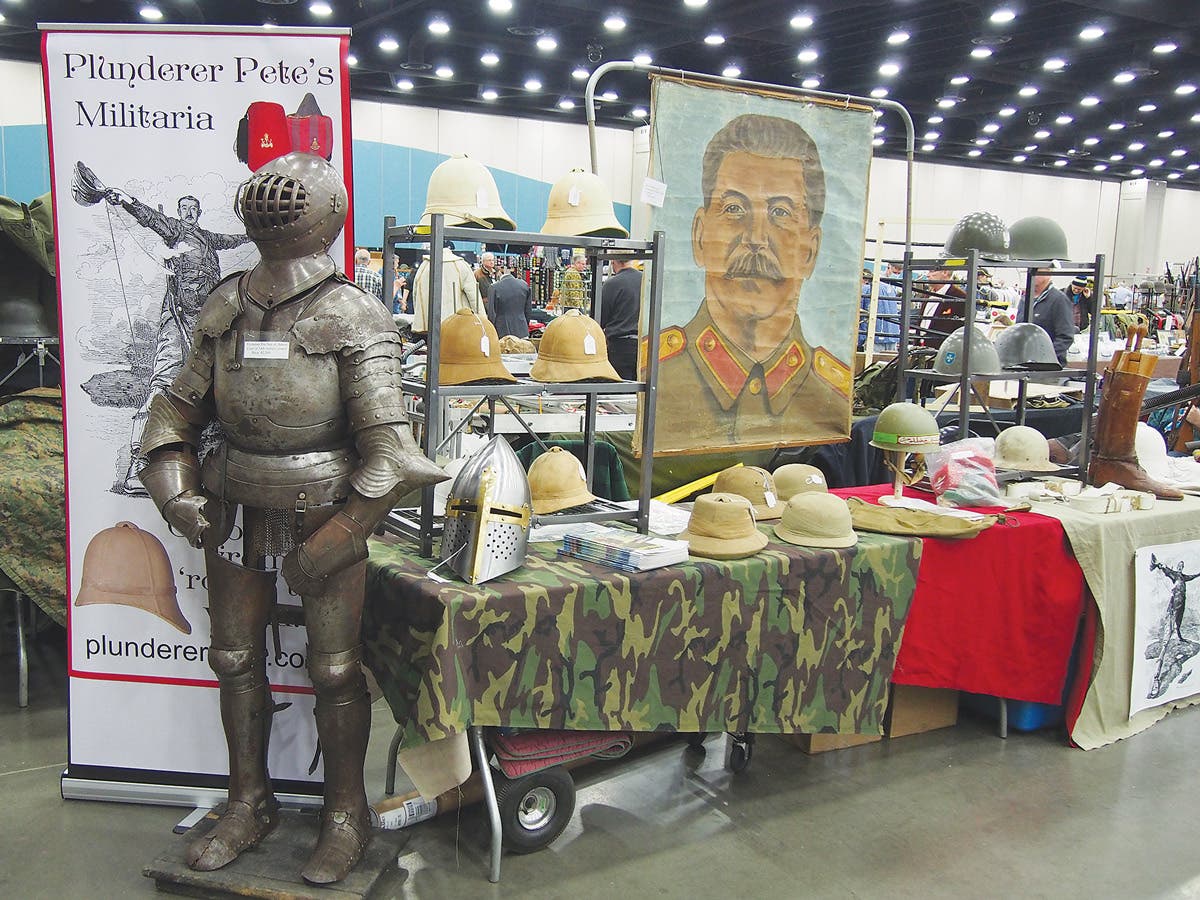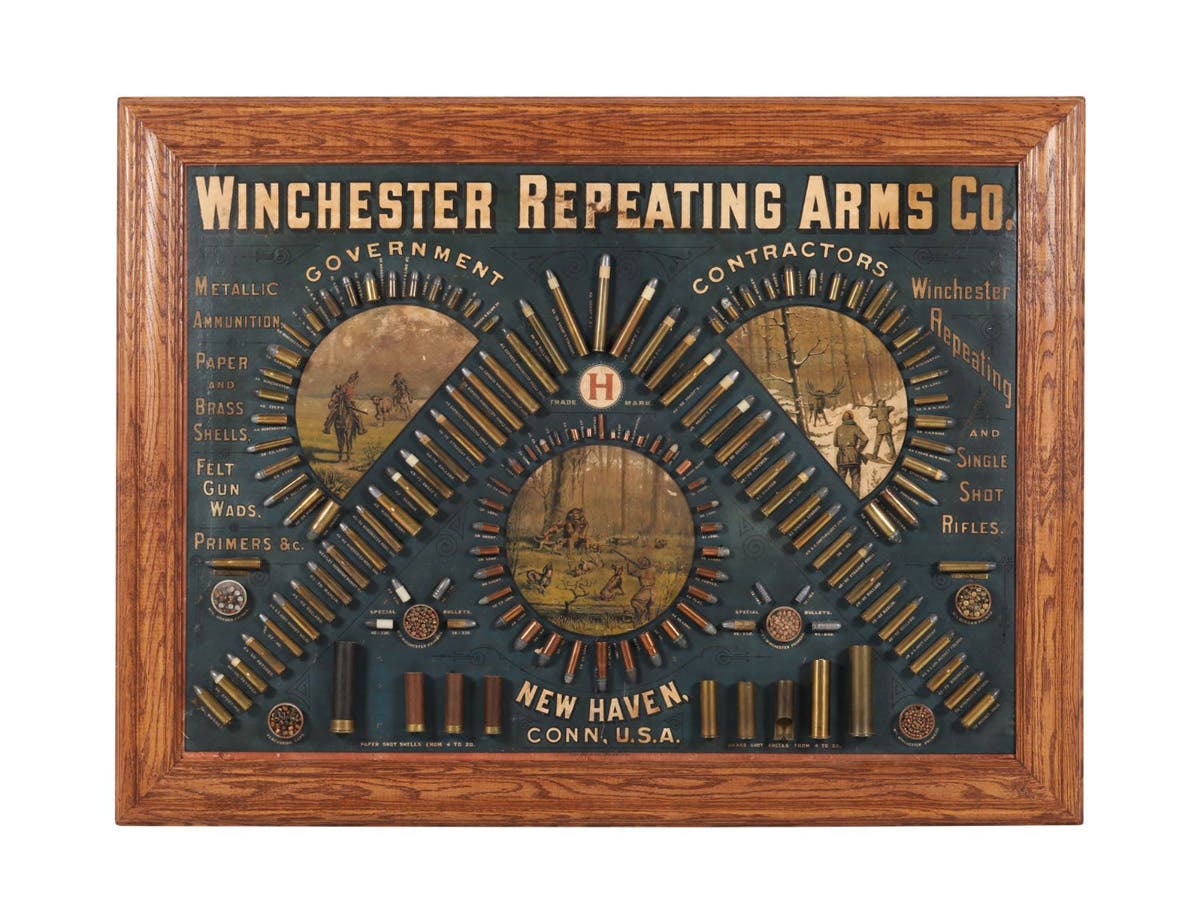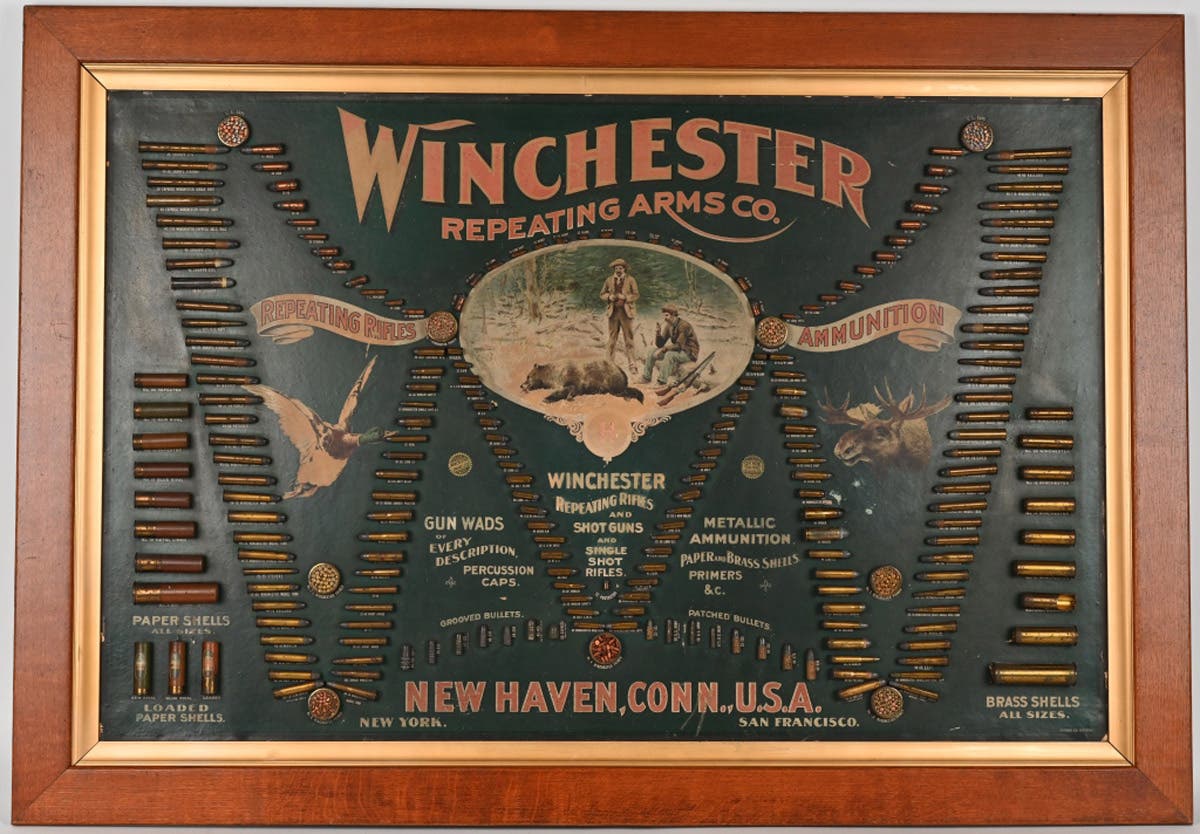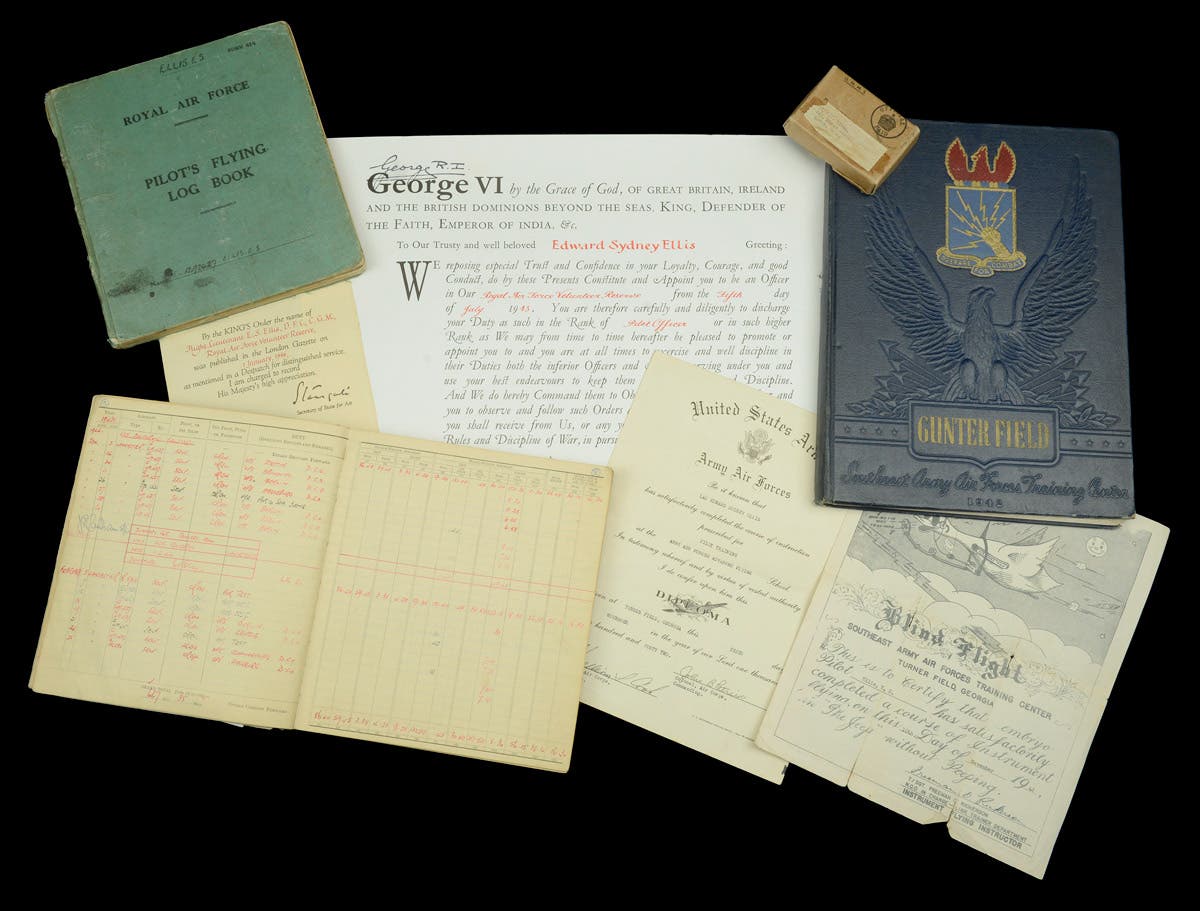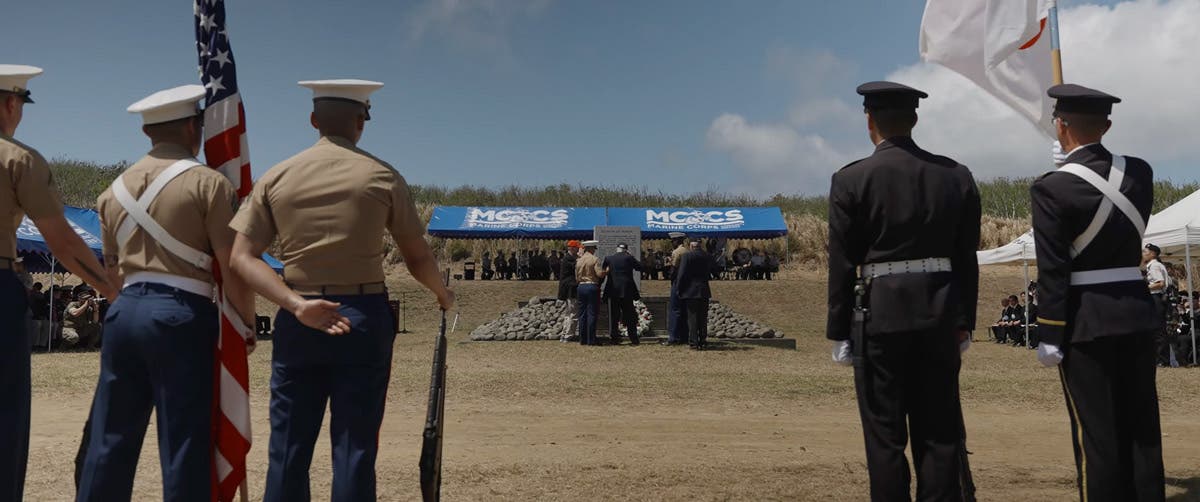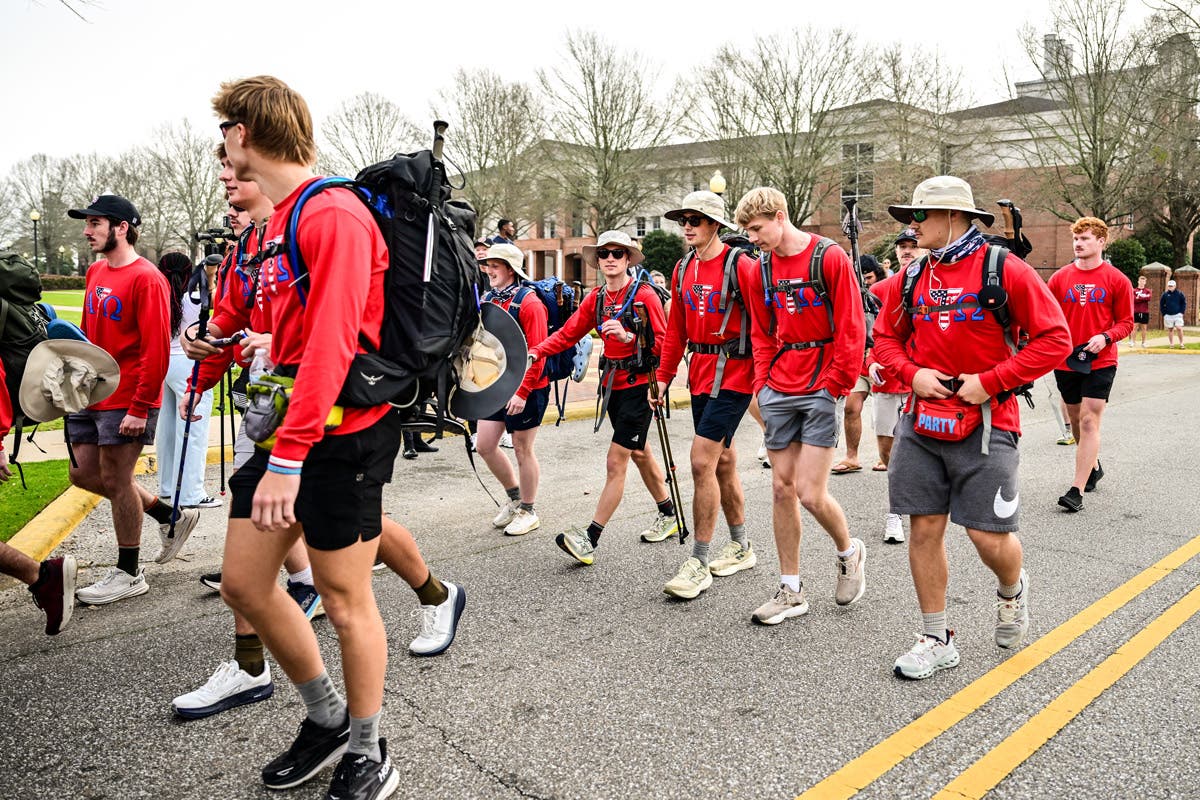10 not-to-be-forgotten foreign language war films
International war movies offer different perspective
July 1, 2010
by Peter Suciu
It is said that the winners write history, but when it comes to movie making, many nations — winners and losers alike — have made films about recent and not so recent military conflicts. Some of these are about events that are all but forgotten by much of the rest of the world while others are celebrated to this day.
Recent international releases such as Downfall and Days of Glory have helped convince audiences that there are many stories beyond what Hollywood has to tell. In the April 2008 issue of MT, we looked at a number of international films about WWII (“A Look at Lesser Known World War II Films”). This time around, we look through the ages and focus on other foreign language treasures.
Here is a round-up of 10 of the not-to-be-forgotten foreign language war films. While some of these are not available on DVD and may be hard to find, these films are true treasures worth seeking.
The Tiger and the Flame (Jhansi Ki Rani)
1952, Directed by Sohrab Modi
Action:***
Authenticity:***
Plot/Story:***
Acting:***
Directing:****
Available on import DVD
While the Academy Award Winning Best Picture Slumdog Millionaire may have put India on the map when it comes to mainstream cinema, the nation has a long history in the movie business. Much of the films are romances and love stories, but it is worth noting that The Tiger and the Flame was actually one of the nation’s first historical epics, and was also the first picture shot in Technicolor in India. This film is also notable as being among the only films to cover the events of the 1857 Indian Mutiny.
The Tiger and the Flame focuses on the Indian side of the uprising against the British East India Company, yet is hardly an unbalanced film. In fact, it strives to present both sides of the story with reasonable accuracy. And while this isn’t exactly a Bollywood movie — known for the extravagant dance numbers — this does include a few musical performances. The story focuses on a young girl, Jhansi Ki Rani (which happens to be the Indian title of the film) as she grows up and eventually becomes one of the leading figures in the mutiny. Thanks to the help of Hollywood cinematographer Ernest Haller and English film editor Russell Lloyd, the production is top-notch. However, much of the equipment is anachronistic — notably the British uniforms and firearms. Unfortunately, only a heavily edited pan-and-scan version is currently available on DVD. This detracts from the visuals, but the story remains strong, especially for anyone interested in learning more about these fascinating events.
The Red and The White (Csillagosok, katonák)
1967, Directed by Miklós Jancsó
Action:***
Authenticity: ****
Plot/Story:***
Acting: ***
Directing:****
Available on DVD
Who are the good guys and who are the villains in war is always a matter of perspective. And given that this film covers an era seldom portrayed in movies, it offers a unique look as it lacks the traditional archetypes and characterizations. Instead The Red and The White, which takes place during the height of the Russian Civil War, sets the action around a monastery and field hospital that changes hands between the combatants. The Hungarian-made picture is thus chaotic and at times almost confusing, but a powerful statement because this film notably lacks any heroes.
Yamato (Otoko-tachi no Yamato)
2005, Directed by Junya Sato
Action: ****
Authenticity: ****
Plot/Story:***
Acting:****
Directing:***
Available on import DVD
Consider this an excellent companion piece to the Clint Eastwood directed Letters From Iwo Jima. And where that film offered a very humanized depiction of the Japanese soldier defending the Pacific atoll, this film provides a similar look at the Imperial Japanese Navy through the eyes of the lower ranks. This one also offers a bit of insight into the home life of the characters as they head for shore leave, knowing that when they return it will be to almost certain death.
The film suffers a bit in pacing as it is told mostly in flashback. The story is framed around the journey of the adopted daughter of one of the few survivors, as she travels to the location of the Japanese warship’s watery grave on the 60th anniversary of its sinking. These modern day sequences help further humanize the characters, and help you appreciate the sacrifice of the other sailors, but is otherwise just distracting from the wartime tale. However, the ship’s final battle is nothing short of a long and intense sequence that is brought to life thanks to surprisingly impressive computer-generated imagery (CGI). A “low budget” naval film this is not.
With Fire and Sword (Ogniem i mieczem)
1999, Directed by Jerzy Hoffman
Action: ****
Authenticity:***
Plot/Story:***
Acting:***
Directing:***
Available on DVD
The most expensive Polish made film up to that point, this is actually the first in a trilogy of stories set in Poland and the Ukraine in the 17th century during the Cossack Khmelnytsky Uprising. With a love triangle as part of the backdrop, both a Polish knight and a Cossack in love with the same woman, the film uses historic events as a framework that offers an even-handed look at both the Polish and Ukrainian causes. This is actually in contrast to the novel, which has been deemed highly nationalistic and Ukrainophobic. The action sequences, which include an epic battle sequence, are especially impressive considering that this film used no computer-generated effects but instead relied on the old tradition of “a cast of thousands.”
With Fire and Sword is available in a DVD box set that includes the two additional books in the trilogy, although this was filmed in reverse order and took 30 years to complete. Thus while The Deluge (1974) and Colonel Woladyjowski (1969) are sequels, these were filmed earlier. And although they aren’t quite up to the caliber of With Fire and Sword, each of these is also a foreign classic and is worth a look.
Tae Guk Gi: The Brotherhood of War
(Taegukgi hwinalrimyeo)
2004, Je-gyu Kang
Action: ****
Authenticity:****
Plot/Story:***
Acting:****
Directing:****
Available on DVD
The title of the movie comes from the name of the South Korean flag, and this story is a world away from American made depictions of the Korean War, including M.A.S.H. and Porkchop Hill. It focuses on two young brothers who join the fight for the South Korean cause, and the bond they share together - even as faith drives them apart.
In contrast to Western films about these experiences, this story focuses fully on the Korean efforts in the war, and at times the conflict between the brothers. Because of its intense battle scenes and very realistic depiction of war, this film has been called the “South Korean Saving Private Ryan.” Among the key moments of the war, the film recreates the intense hand-to-hand battle at Doo-Mil-Ryung, with some 3,000 extras and 500 stunt experts.
The Rising: The Ballad of Mangal Pandey
2005, Ketan Mehta
Action:**
Authenticity:****
Plot/Story:****
Acting:****
Directing:***
Available on DVD
This film serves well as a companion piece to The Tiger and the Flame, as it looks at the key events leading up to the legendary 1857 Indian Mutiny. Central to the story is Indian Sepoy (soldier) Mangal Pandey, who befriends his British commanding officer William Gordon during the Anglo-Afghan Wars. During the story Pandey, who was a real life character and became the catalyst of the mutiny, witnesses the introduction of the Enfield rifle musket and its infamous “greased cartridges.” These of course contained pig and cow fat, which was affront to the Muslim and Hindu soldiers of the East India Company.
Bollywood star Aamir Khan’s performance of the title character is impressive, and viewers can easily understand his desire to be loyal both to his British superiors while staying true to his religion. The film follows the Bollywood tradition of including a few musical and dance numbers, but remains a serious drama with lush settings and some of the most impressive recreations of period uniforms and costumes. As it follows the life of Pandey it ends before the actual mutiny, and thus is not overly heavy on action — but it is never short on military drama.
Alexander Nevsky (Aleksandr Nevskiy)
1938, Directed by Sergei M. Eisenstein and Dmitri Vasilyev
Action: ****
Authenticity: **
Plot/Story:***
Acting:***
Directing:****
Available on DVD
The background on the making of this film is almost as fascinating as the story about the Medieval Russian Prince who is the main character. Telling the tale of Alexander Nevsky, the Russian Grand Prince who drove out the Teutonic invaders, the film was one of the most epic films produced in pre-World War II Soviet Cinema — with director Sergei M. Eisenstein’s Battleship Potemkin being one of the others.
It all adds up to an epic film, with an impressive musical soundtrack.
The Star (Zvezda)
2002, Directed by Nikolai Lebedev
Action:****
Authenticity****
Plot/Story:***
Acting:***
Directing:***
Just one of numerous WWII films produced in modern Russia in the past decade, The Star is a stand-out because it tells a simple story about the sacrifices made by the Red Army even as victory is within its grasp. Set in the summer of 1944 this story centers on a group of seven snipers, dubbed “Zvezda” or Star, who are sent on a reconnaissance mission behind lines in advance of an offensive. Knowing that the two previous recon groups never returned, these soldiers know that the mission is likely a one-way trip, but necessary for the offensive to be a success.
Being made in post-Soviet Russia, this film provides a frank and honest look at the Red Army, and features some truly impressive equipment and settings, the latter a product not so much of actual war but the Soviet economic system. Available on import DVD, most versions do not feature an English language track, but the story is very straightforward and easy to follow.
Kolberg
1945, Directed by Veit Harlan
Action: ***
Authenticity:***
Plot/Story:**
Acting:**
Directing:***
Available on DVD
Many nations used film during World War II to rally the people and raise morale. The Soviet had Alexander Nevsky, the British had Henry V and the Americans even had Sergeant York. Instead of one individual, the German filmmakers looked to a past event, and recreated the siege of the city of Kolberg, which fended off the French army during the Napoleonic Wars.
Made as the Third Reich was surely collapsing — with Josef Goebbels as executive producer no less — this film called upon more than 15,000 German soldiers to serve as extras. It was actually released only weeks before the end of the war. As one could expect, Kolberg is far from perfect, and it is filled with plenty of expected stereotypes, but it is no less a fascinating film considering the circumstances in which it was made.
The Admiral
2008, Directed by Andrei Kravchuk
Action:***
Authenticity:****
Plot/Story:***
Acting:***
Directing:***
Available on import DVD
A worthy companion to Sergei M. Eisenstein’s Battleship Potemkin, The Admiral tells the story of Russian Admiral Alexander Kolchak, who went on to become supreme governor of Russia and leader of the White Forces during the nation’s tragic civil war. Released in Russia in 2008, this is an epic film that covers Kolchak’s life as a polar researcher, patriot, admiral and finally dictator of the anti-Bolshevik forces. It also covers his love affair with Anna Timireva, the wife of a close friend, and his own personal struggles.
This is a very straightforward story about a very complex man in a very complicated time.
YOU MAY ALSO BE INTERESTED IN:
*Warman's World War II Collectibles
*Warman's Vietnam War Collectibles
MORE RESOURCES FOR COLLECTORS
*Great Books, CDs & More?
*Sign up for your FREE email newsletter
*Share your opinions in the Military Forum



